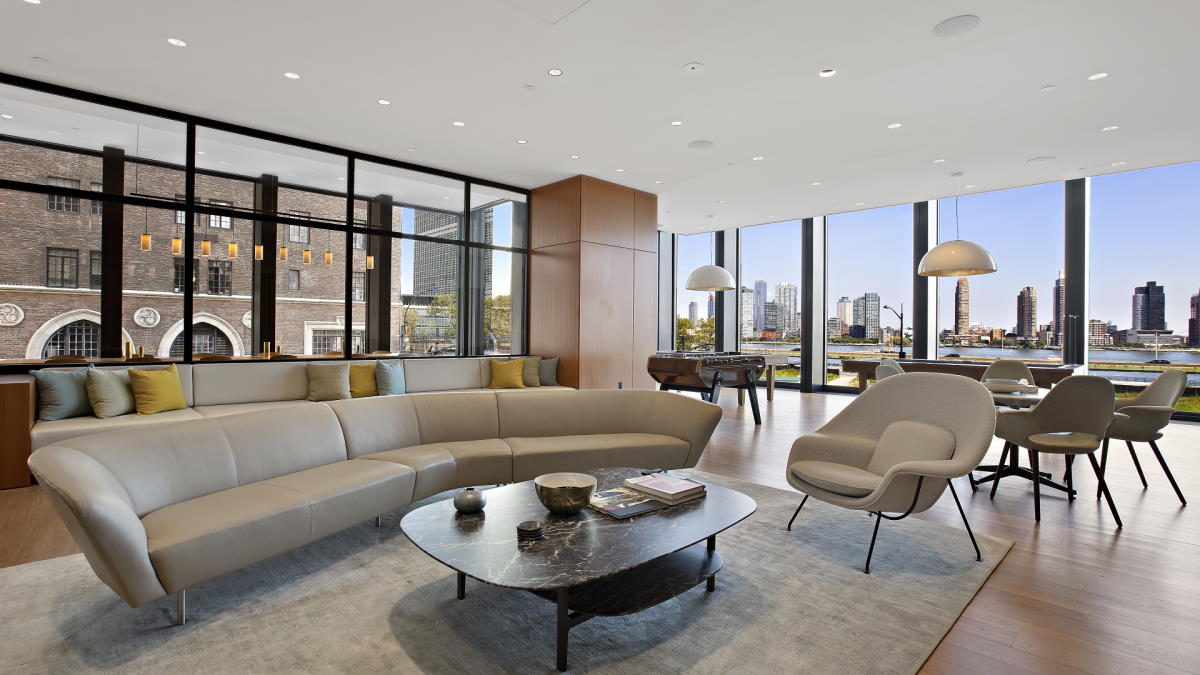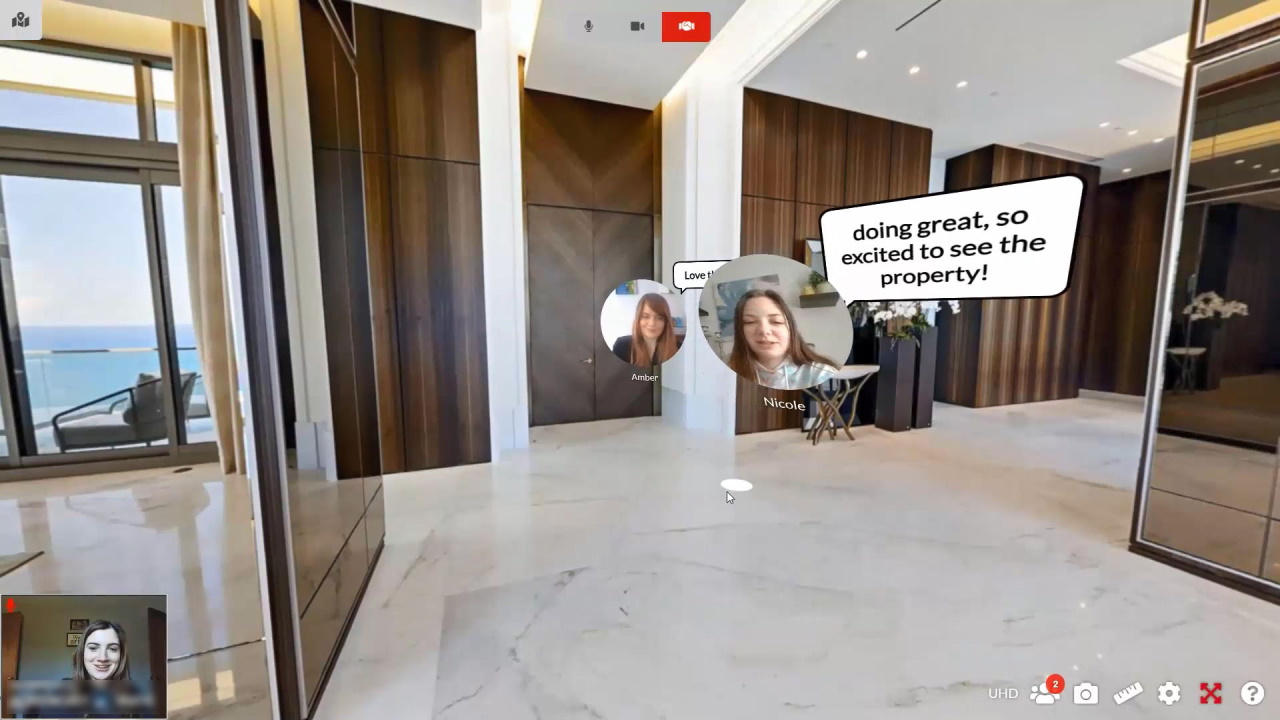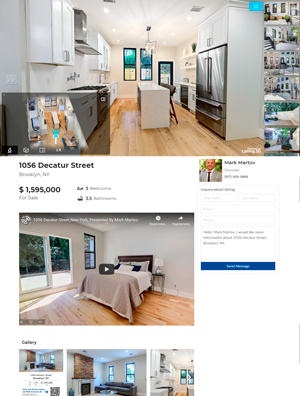10 Common Staging Mistakes That Could Hurt Your Listing
Staging is the art of making your home look as aesthetic as possible to potential buyers when they visit it. But it’s also more than just about pleasant decor. It’s a marketing strategy that can both boost the selling price and expedite the time it takes to sell your home. However, you could be making some serious staging errors. Below are the top ten most common mistakes that you need to avoid if you want to reap the best results from your staging efforts.
1. You Didn’t Even Bother Doing It
The process of staging (especially if it’s a seller’s first time) can seem awfully intimidating. Self-doubts can creep in about its effectiveness. Sellers may also balk at time and financial costs of staging, especially if their property is in need of extensive changes. They get so overwhelmed by the idea of even trying to stage their home, thatthey don’t even bother doing it.
While this is the biggest mistake that sellers can make regarding staging, it’s also the easiest one to remedy, because they just need to start. Rather than associating staging with being an extra cost, consider it an investment. In taking the extra mile to feature your home, potential buyers will be quicker to make a purchase, especially with a price that can easily cover what it took to stage it.
2. You Didn’t Give Your Property Some TLC
There are technicalities that not even the best stagers can address. A powerful interior design arrangement will be lost on floors that’re cracked, carpets that’re stained, doors that creak, and walls with stains and paint that’s chipping.
Before you even call up a stager, you should take care of these things. Fix those floors. Swap out that carpet. Grease those door edges. Paint the walls with a fresh coat. You may even want to get professional cleaners, painters, or even carpenters depending on how severe these repairs are.
3. You DIYed It
Your home is not a Pinterest project! You might think that you’re a great fixer-upper and self-sufficient enough to take on all the staging efforts on your own. This may be due to monetary reasons. But it’s more often than not reflective of deeper issues regarding one’s pride and ego.
While it may be true that you have a knack for good interior design, that alone doesn’t guarantee that your staging efforts will be successful. A good stager also has a strong, specialized marketing streak. They’re always updated on what’s trending in home design. They don’t only know what appeals to sellers, but what appeals to different demographics of sellers because they know what may appeal to Gen Z and what may appeal to Boomers imply two totally different staging experiences.
4. You Didn’t Invest In Your Stager
When it comes to staging, you get what you paid for. The best stagers are usually not going to be your cheapest options. It’s not only about their skills and experiences in staging. They need to be able to get the inventory they need to reinvent the design of your home.
Staging demands highlighting the most appealing parts of your home while simultaneously muting its less appealing traits. It’s the critical investment you need to make for the sake of selling your home as quickly as possible for a higher rate. The stager is the most major part of this investment. Choose wisely!
5. You Put Your Stager In A Time Crunch
The best things often take time in order to yield their results. Rushing creates greater room for error. This mistake is just as severe as being stingy with the stager you hire, if not even more so. You don’t want to your stager under time pressure. Even if they keep their cool and assure you that it’ll all be fine, they will be making improvisations.
Inventory can often take some time to ship. Stagers also need time to consider how current marketing trends apply to your home, and which designs would most appeal to potential buyers. Give them that time. You’re better off pushing your home tour dates forward an extra week.
6. The Stager Is Being Forced To Use Seller Belongings
Sellers can easily become over-attached to their material possessions. Many of these items often hold a hidden, sentimental value. Potential buyers are not going to see such subtleties, and the seller needs to be aware of this (even if they don’t like it).
A stager requires the freedom to stage a home as they see fit. A seller’s belongings often don’t reflect design choices that would appeal to potential buyers. It’s often suggested that stagers and sellers don’t interact so that the stager can work in peace, undisturbed.
7. You Let Your Seller Decide The Staging Design
If your seller gets the last word on the staging design, you should ask them if they’re the ones that’re (re)buying their home. Staging is a marketing strategy meant to pull in the best potential buyers for a property. You need to care how THEY feel about the home you’re trying to sell, not how the seller feels!
The way your seller feels about the staging design doesn’t matter because they’re not the target for the property sale. They need to be made aware of this (although it’s recommended to be polite about it). Ensure that the stager is not getting swayed by how the seller feels about their staging choices.
8. You Didn’t Keep Seller And Stager Separated
Even the mere presence of the seller can be distracting for the stager. Sellers by default also tend to feel uncomfortable with finished staging because it’s often a drastic change to a space that they personally held closely. Unfinished staging can bring up those same feelings, but they’re amplified even further because they see the change in action.
Get the seller out of the house (a short vacation is usually recommended), so that the stager has the breathing room to do what they need to do.
9. You Didn’t Pay Your Stager
If your stager is good, you’ll want to keep them as a connection. It benefits both you and them: you don’t have to constantly be scurrying around for new stagers if you have a few trustworthy ones in your rotation. And they can depend on you to get paid what they deserve.
Unless that is, they get ripped off. Sellers may try to worm their way out of paying the stager. Don’t let them. Incorporate staging costs into your own fees to pay the stager yourself if you need to.
10. You Didn’t Tell Your Stager Your Target Audience
Stagers are masters of marketing and design, and they blend these two skills together when they’re staging. However, it’s important that the stager knows the audience they’re trying to target. Different audiences have different things that appeal to them. If you don’tdefine what image the home is supposed to reflect, you may be in for a surprise!
Additional Services
Take Your Marketing Even Further






Additional Features at no cost
Part of any package












